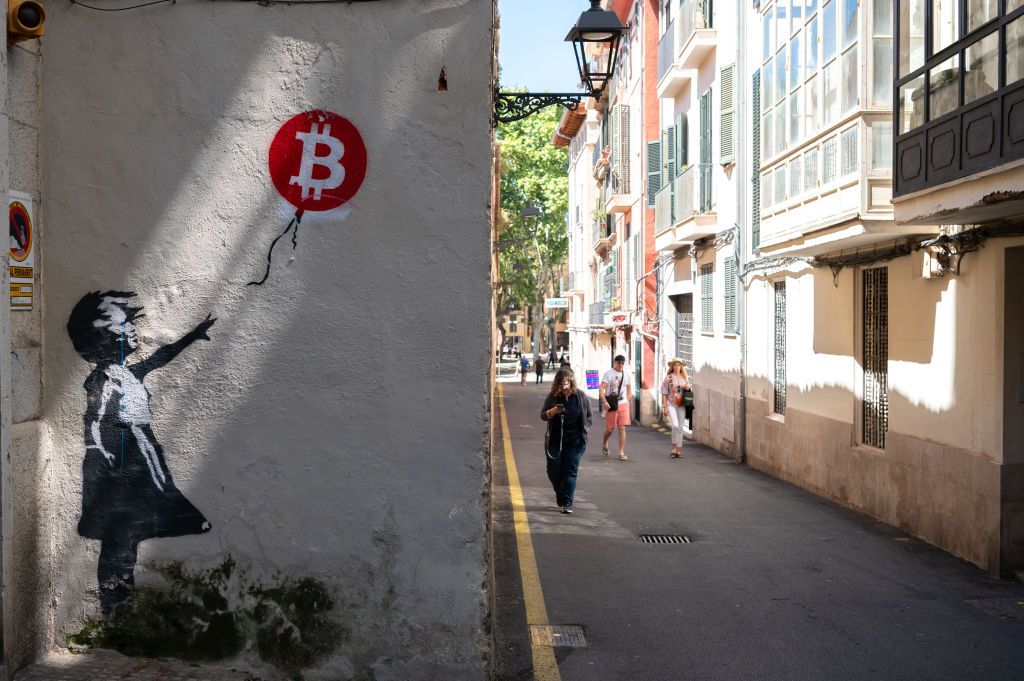The FTX crisis of the past week has crushed most altcoins. However, there have also been altcoin projects that have seen gains during the declines. As Kriptokoin.com, we convey the altcoin projects that turned the FTX crisis into an opportunity.
FTX crisis causes market-wide drops
JUST (JST), in particular, has seen an uptick of about 1200 percent. BTT and TRX rose at least 500 percent each. Tron-based tokens like JUST (JST) have moved up as users seek to find ways to extract the locked-in liquidity contained in FTX. According to data provided by CoinGecko, TRX, the native altcoin of Tron, has faced bullishness. Meanwhile, BTT, JST and SUN witnessed gains between 525 percent and 1.196 percent compared to the market price in the stock market.
The apparent surge in the tokens of the Tron ecosystem came after the November 10 deal that allowed TRX, BTT, JST and SUN holders to withdraw funds. The deal resulted in the increase of Tron-related tokens to get back the locked funds of investors in FTX. Analysts say that buying altcoins at a high price and then selling them on another exchange can cause losses.
Limited withdrawal transaction announcement from FTX exchange
It was shared on the FTX website that withdrawals could not be made by customers in the Bahamas. However, it was said that there is only one person who can withdraw money from the stock market. Also, FTX.US shared that they have stopped withdrawals. Afterwards, he shared that they could follow the same path. However, it disabled FTX’s new deposits of Tron-based tokens while withdrawals were taken live.
On November 11, one of the Twitter users shared about the development. The user shared the following:
This means FTX customers rebuy in dollars while Tron makes a ton of money.
This means FTX customers get pennies on the dollar while Tron makes a ton of money.$TRX will be bid up on FTX as that is the only way to get out, but once people withdraw it they'll have to sell it at market price, taking a huge loss on their original holdings. https://t.co/NkbXatmxXR
— leoglisic.eth 🦇🔊 (@Leo_Glisic) November 10, 2022
However, the Bahamas Securities Commission froze the assets of FTX Digital Markets and “related parties” on November 10. He subsequently suspended the firm’s operations in the country. According to the crypto community, these transactions seem rather suspicious.
One way to withdraw large amounts of money now is:
1. Have a Bahamian buy a very low liquidity coin on FTX
2. Pump it hard and let the Bahamian dump that coin on you.
3. Have the Bahamian withdraw the profits and give you the money minus a fee. https://t.co/Nei3zT3HMd— David Iach (💎,💎) (@davidiach) November 10, 2022
The activity in Tether drew attention
What happened between Alameda/FTX/Binance put the cryptocurrency market in danger. Many investors have aggressively transferred their funds into stablecoins. However, tokens pegged to USD are far from being a “safe haven” in the true sense today. USDT is down, but USDC, BUSD is up. On November 10, investors and analysts noticed unusual activity in the Curve Finance (CRV) and Aave (AAVE) pools.
Alameda research is opening shorts on USDT.https://t.co/J3wzpOZ4G4 pic.twitter.com/sAdl0OK1SM
— mhonkasalo (@mhonkasalo) November 10, 2022
Alameda Research has allegedly started “shorting” Tether (USDT) by exchanging USDT borrowed by Circle for USDC. As a result of the transaction, there was an immediate imbalance in the USDT peg. Tether slumped below $0.98, its lowest level since the UST collapse in May. By contrast, USDC rallied to $1,007. This imbalance unlocks dangerous arbitrage opportunities.
❄ An address with a balance of 46,360,701 #USDT (46,274,472 USD) has just been frozen!https://t.co/W958MBbhA9
— Whale Alert (@whale_alert) November 10, 2022
Then, Tether Limited blocked the FTX-backed address with the largest stablecoin worth over $46 million. This restriction was recorded by Whale Alert.
Can stablecoins be safe havens?
This benefited the most from Binance’s stablecoin, BUSD: its price soared above $1,012 as USDT holders began exchanging their funds for BUSD. Decentralized stablecoins USDD and FRAX also affected. Even EUR-pegged stablecoins suffered from continued enthusiasm. Eurocoin (EUROC), produced by Circle, has climbed above €1.04 on major spot exchanges, according to CoinGecko. The worst victims of this drama so far are decentralized stablecoins. USDD, a stablecoin algorithmically supported by the Tron (TRX) ecosystem, briefly dropped to $0.968. Justin Sun immediately injected new liquidity into a basket of USDD-supporting assets. Frax Finance (FRAX), the smallest hybrid stablecoin with a capitalization of over $1 billion, fell below $0.966. Both USDD and FRAX are still trading below $1 as of press time.







